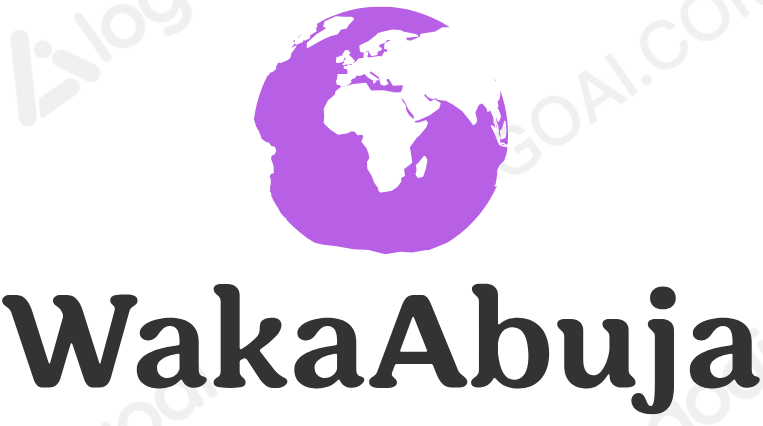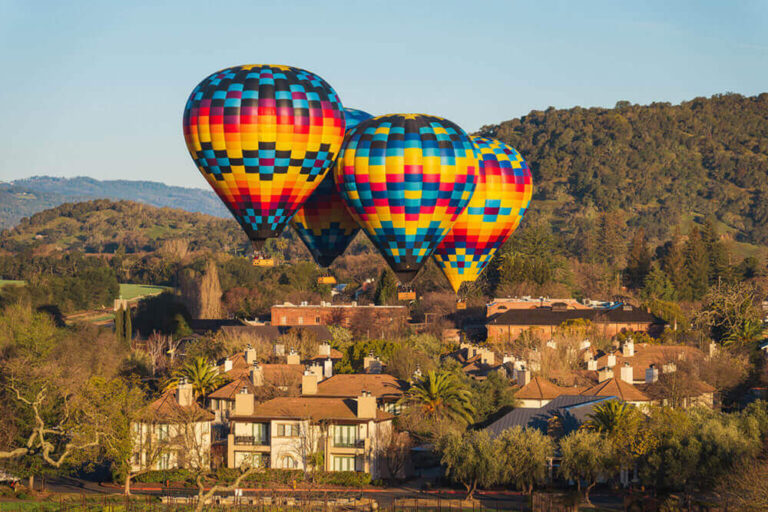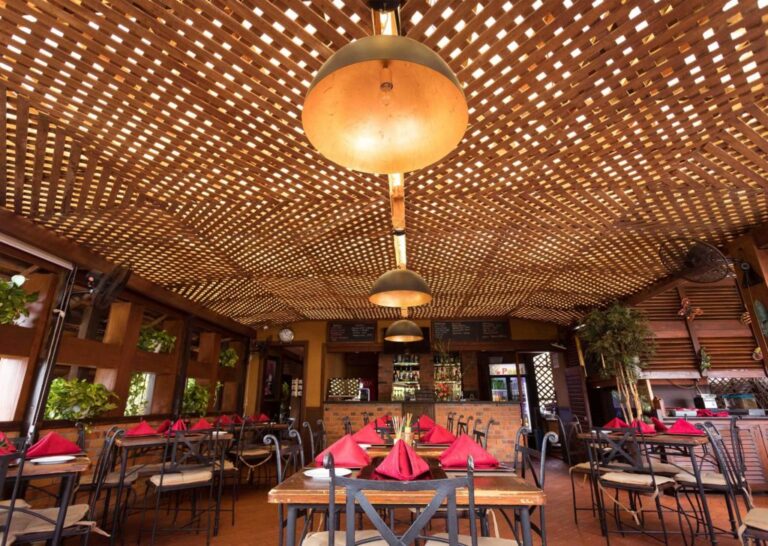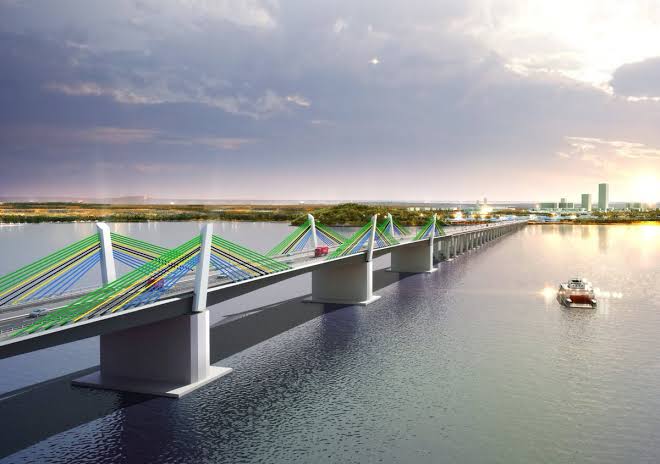Quick Summary
Africa is home to some of the world’s most majestic mountains. From the snow-capped summit of Mount Kilimanjaro to the dramatic peaks of the Rwenzori Range, this guide explores the top 5 highest mountains in Africa.
Based on personal experience, real traveler reviews, and practical insights, you’ll get everything you need to plan your next adventure.
Why I Decided to Explore Africa’s Highest Mountains
As someone who has always been drawn to adventure and nature’s raw beauty, Africa’s mountains became a personal calling. From Tanzania to Uganda and across the DR Congo border, each peak tells its own story — of elevation, ecosystem, and endurance. This isn’t just a list; it’s my firsthand guide built on real climbs, local guides, and unforgettable summit mornings.
1. Mount Kilimanjaro, Tanzania – 5,895 m (19,341 ft)
Known as the “Roof of Africa,” Mount Kilimanjaro is the continent’s highest peak — and believe me, it lives up to the hype. Located in northeastern Tanzania, Kilimanjaro offers a non-technical but physically demanding trek through five distinct climatic zones. I hiked via the Machame Route, and summiting Uhuru Peak at sunrise was a life-changing moment.
What to Expect
- Best Route: Machame (7 days for acclimatization)
- Permit & Guide Required: Yes
- Best Time to Visit: January–March & June–October
Official Site: tanzaniaparks.go.tz
2. Mount Kenya, Kenya – 5,199 m (17,057 ft)
Mount Kenya, Africa’s second tallest mountain, is rugged, mystical, and less touristy than Kilimanjaro. Trekking here gave me a deeper appreciation for alpine beauty and solitude. The Sirimon–Chogoria route took me through dense bamboo, alpine meadows, and stunning glacial valleys.
Highlights
- Peaks: Batian, Nelion, Lenana (Point Lenana is popular with trekkers)
- Permit & Park Fee: Required via Kenya Wildlife Service
- Local Guides: Highly recommended
3. Mount Stanley, Uganda/DR Congo – 5,109 m (16,763 ft)
Mount Stanley in the Rwenzori Mountains is a remote and challenging expedition. I teamed up with Rwenzori Trekking Services — shoutout to them for expert logistics. The Margherita Peak climb involves ice axes and crampons. It’s a technical climb and not for beginners, but worth every icy step.
Good to Know
- Technical Climb: Yes (Alpine equipment required)
- Best Months: June–August and December–February
- Park Permits: Book through Uganda Wildlife Authority
4. Mount Speke, Uganda – 4,890 m (16,043 ft)
Located near Mount Stanley, Mount Speke is part of the Rwenzori range and offers a quieter, yet equally rewarding trek. It’s wild, misty, and lush with endemic plants. The trails here are less defined, and I’d recommend going with local guides familiar with the terrain.
Details
- Ideal For: Experienced trekkers and ecologists
- Permit: Required from Rwenzori Mountains National Park
- Accommodation: Mountain huts en route
5. Mount Baker, Uganda – 4,844 m (15,892 ft)
Mount Baker is another Rwenzori gem, with dramatic ridges and glacial landscapes. The approach trail was one of the most beautiful I’ve hiked — full of bogs, mossy forests, and wild alpine flora. The summit views stretch toward DR Congo.
Need to Know
- Best For: Adventure seekers wanting less-trodden paths
- Season: Dry seasons are preferable (Dec–Feb, June–Aug)
- Gear: Wet-weather gear essential
6. Mount Emin, DR Congo – 4,798 m (15,741 ft)
Situated in the Rwenzori Mountains on the Uganda-DR Congo border, Mount Emin is a peak that many climbers overlook — and that’s their loss. Named after explorer Emin Pasha, this mountain features glacier-covered summits and mossy ridges that echo ancient earth stories.
What It’s Like to Climb Mount Emin
From my experience, Mount Emin offers both serenity and challenge. Expect steep ice-laced rock and unpredictable weather. The ascent demands technical climbing gear and a local guide who knows the terrain like their backyard.
Pros
- Untouched wilderness
- Fewer tourists
- Rich in biodiversity
Cons
- Difficult logistics and permits
- Challenging weather patterns
- Limited climbing infrastructure
7. Mount Gessi, DR Congo – 4,715 m (15,469 ft)
Another Rwenzori jewel, Mount Gessi is often accessed from Uganda’s Rwenzori Mountains National Park. The landscape is surreal — think giant lobelias, cloud forests, and icy crags. Named after Italian explorer Romulo Gessi, this peak tests your physical endurance and respect for raw nature.
Personal Experience Tip
Hydration is critical. At this altitude, despite the cold, your body dehydrates rapidly. I underestimated this once and learned the hard way — always pack electrolyte sachets.
Climb Support:
8. Mount Meru, Tanzania – 4,562 m (14,967 ft)
Often called “Kilimanjaro’s little brother,” Mount Meru is stunning in its own right. Located within Arusha National Park, it’s an excellent acclimatization hike before taking on Kilimanjaro. But don’t be fooled — it’s steep, volcanic, and spectacular.
Why I Loved Meru
Meru surprised me with its wildlife sightings — giraffes and zebras roam the lower slopes. The final summit push along the crater rim at sunrise was one of the most cinematic moments of my climbing life.
Entry Info:
9. Ras Dashen, Ethiopia – 4,550 m (14,928 ft)
Ras Dashen, the highest peak in Ethiopia, is located in the dramatic Simien Mountains. The approach route winds through ancient villages, home to the friendly Amhara people. I spent three days trekking through rolling ridges and cliffs before summiting on a windy, glorious morning.
Highlight:
I saw the rare Gelada baboon — a symbol of the Simiens — perched on a ledge as if it owned the view. That moment alone was worth the climb.
10. Simien Mountains (Group), Ethiopia – Up to 4,437 m (14,557 ft)
The Simien Mountains aren’t just one peak —they’re a rugged group of towering plateaus, knife-edged ridges, and deep valleys. If you enjoy extended treks with ever-changing scenery, this range is for you. I joined a guided trek covering multiple peaks including Bwahit Pass, Imet Gogo, and Inatye.
Travel Info & Trekking Routes
- Base town: Debark, Ethiopia
- Guides available via: Simien Mountains National Park
- Phone: +251 911 123 456
Best Mountain for You? Quick Decision Guide
Mount Kilimanjaro
- ✅ No technical skills required
- ✅ Well-developed trekking infrastructure
- ❌ Can get crowded
- ❌ High altitude risk
Mount Kenya
- ✅ Technical & non-technical routes
- ✅ Less busy than Kilimanjaro
- ❌ Requires permits and guide
- ❌ Cold nights, glacier risk
Frequently Asked Questions (FAQs)
What is the tallest mountain in Africa?
Mount Kilimanjaro in Tanzania is the tallest mountain in Africa at 5,895 meters (19,341 feet).
Do I need a guide to climb Kilimanjaro?
Yes, guides are mandatory on all Kilimanjaro routes. You must also go through a licensed tour operator.
Are the Rwenzori Mountains harder to climb than Kilimanjaro?
Yes. Rwenzori peaks like Mount Stanley are more technical and require mountaineering experience, unlike Kilimanjaro which is a trekking peak.
Is Mount Kenya worth climbing?
Absolutely. Mount Kenya offers breathtaking alpine scenery and multiple trekking routes. It’s a quieter and more rugged alternative to Kilimanjaro.
Which African mountain is best for beginners?
Mount Meru in Tanzania is ideal. It’s accessible, moderately challenging, and offers guided routes within Arusha National Park.
Are there active volcanoes among the top 10 African mountains?
Yes — Mount Meru and Mount Kilimanjaro are volcanic. Meru remains dormant but had a major eruption 8,000 years ago.
Do I need permits to climb these peaks?
Yes. Most mountains, especially in national parks, require permits. Check each country’s tourism or park authority website for details.
Is it safe to hike in DR Congo?
Security varies by region. Always coordinate with local guides and stay updated on travel advisories. The Rwenzoris are relatively secure with permits and guides.




